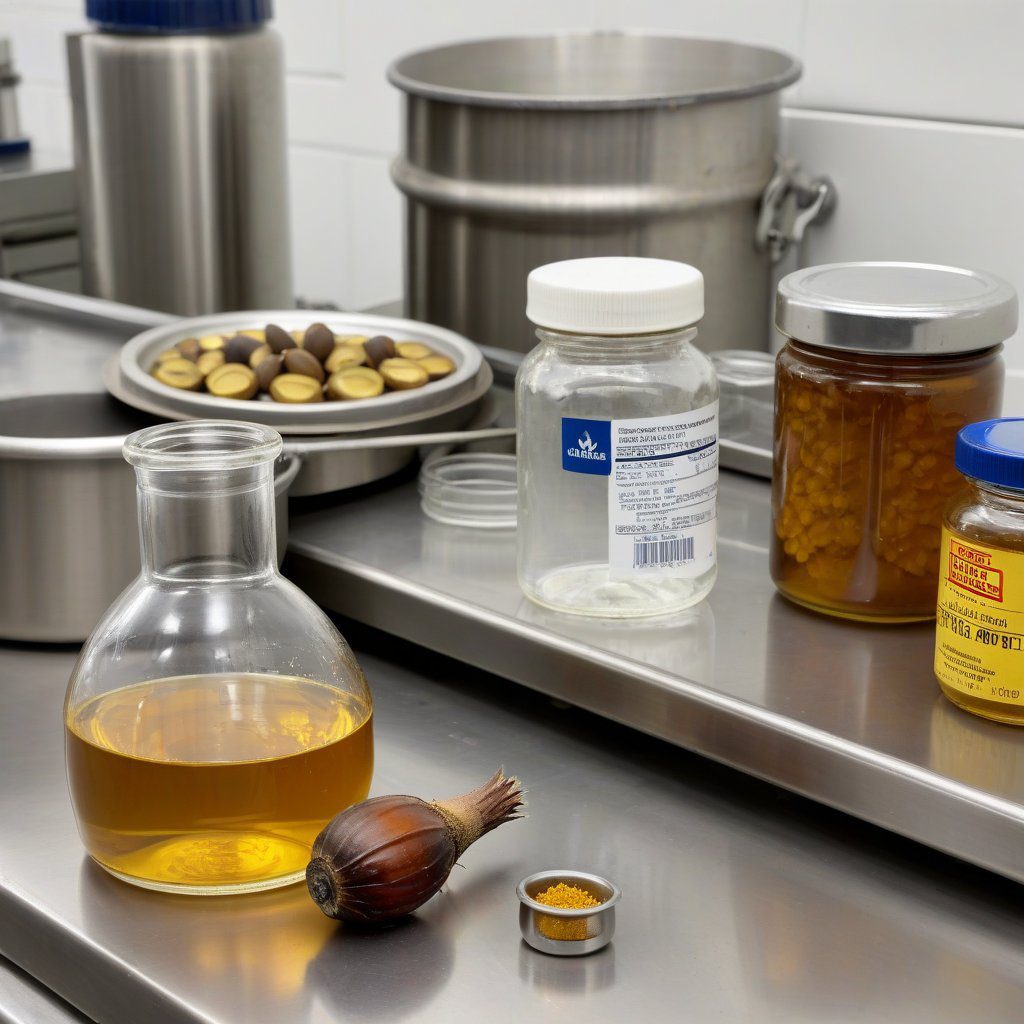Diethanolamine Overview
Diethanolamine (DEA) is a colorless, viscous liquid that is widely utilized in various industrial applications. As a key ingredient in the production of surfactants, emulsifiers, and corrosion inhibitors, DEA plays a vital role in the chemical industry. Its unique properties make it suitable for use in personal care products, fertilizers, and pharmaceuticals, positioning it as an essential compound within the chemical market.
Market Dynamics of Diethanolamine
The diethanolamine market is influenced by several factors, including demand from end-user industries such as agriculture, personal care, and textiles. The growing need for eco-friendly and biodegradable products has led to an increase in the use of DEA, as it offers a sustainable alternative in various formulations. Additionally, the expansion of the pharmaceutical sector has further contributed to the rising demand for high-purity diethanolamine.
Regional Market Analysis
Regionally, North America and Europe dominate the diethanolamine market due to the presence of established manufacturers and stringent regulations regarding chemical safety. The United States, in particular, has witnessed a surge in demand for DEA as industries strive for higher quality and purity levels in their chemical inputs. Meanwhile, emerging markets in Asia-Pacific are expected to show significant growth potential, driven by increasing industrialization and urbanization.
Applications of Diethanolamine
Diethanolamine finds extensive applications across numerous industries. In agriculture, it is used as a surfactant in pesticide formulations, enhancing their efficacy and spreading capabilities. In the personal care sector, DEA serves as a stabilizing agent in shampoos and skin care products. Furthermore, its role in the production of oilfield chemicals and gas treatment agents highlights its versatility and importance in the chemical landscape.
Competitive Landscape
The competitive landscape of the diethanolamine market is characterized by the presence of several key players who are actively involved in the production and distribution of high-purity DEA. Companies are focusing on strategic expansions, partnerships, and innovations to enhance their market presence. Moreover, suppliers are increasingly investing in research and development to produce advanced formulations that cater to the evolving needs of customers.
Pricing Trends and Forecast
The pricing of diethanolamine is influenced by raw material costs, production capacity, and market demand. Recent trends indicate a moderate increase in prices due to rising production costs and heightened demand from various sectors. Analysts forecast that the diethanolamine market will continue to experience steady growth, driven by ongoing industrial advancements and the need for high-quality chemical products.
Supply Chain Dynamics
The supply chain for diethanolamine is complex, involving multiple stakeholders, including raw material suppliers, manufacturers, distributors, and end-users. Efficient logistics and distribution networks are crucial for ensuring timely delivery of high-purity DEA to customers. Suppliers must navigate challenges such as fluctuating raw material prices and regulatory compliance to maintain a competitive edge in the market.
Regulatory Framework
The diethanolamine market operates under a stringent regulatory framework aimed at ensuring the safety and environmental compliance of chemical products. Regulations from organizations such as the Environmental Protection Agency (EPA) and the European Chemicals Agency (ECHA) play a significant role in shaping market dynamics. Compliance with these regulations is essential for manufacturers and suppliers to avoid penalties and maintain product integrity.
Future Trends in Diethanolamine
Looking ahead, the diethanolamine market is expected to witness significant transformations driven by technological advancements and sustainability initiatives. Innovations in production processes and the introduction of eco-friendly alternatives may reshape market dynamics. Furthermore, the growing emphasis on green chemistry and sustainable manufacturing practices will likely influence the future of diethanolamine applications across various industries.


